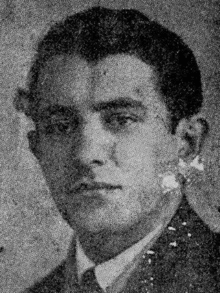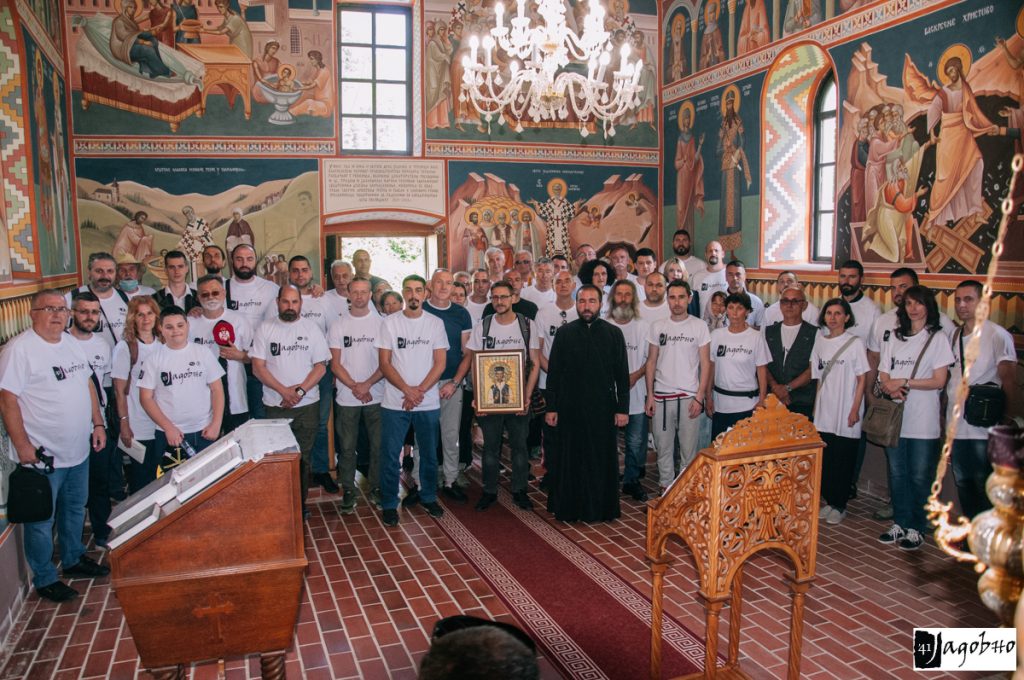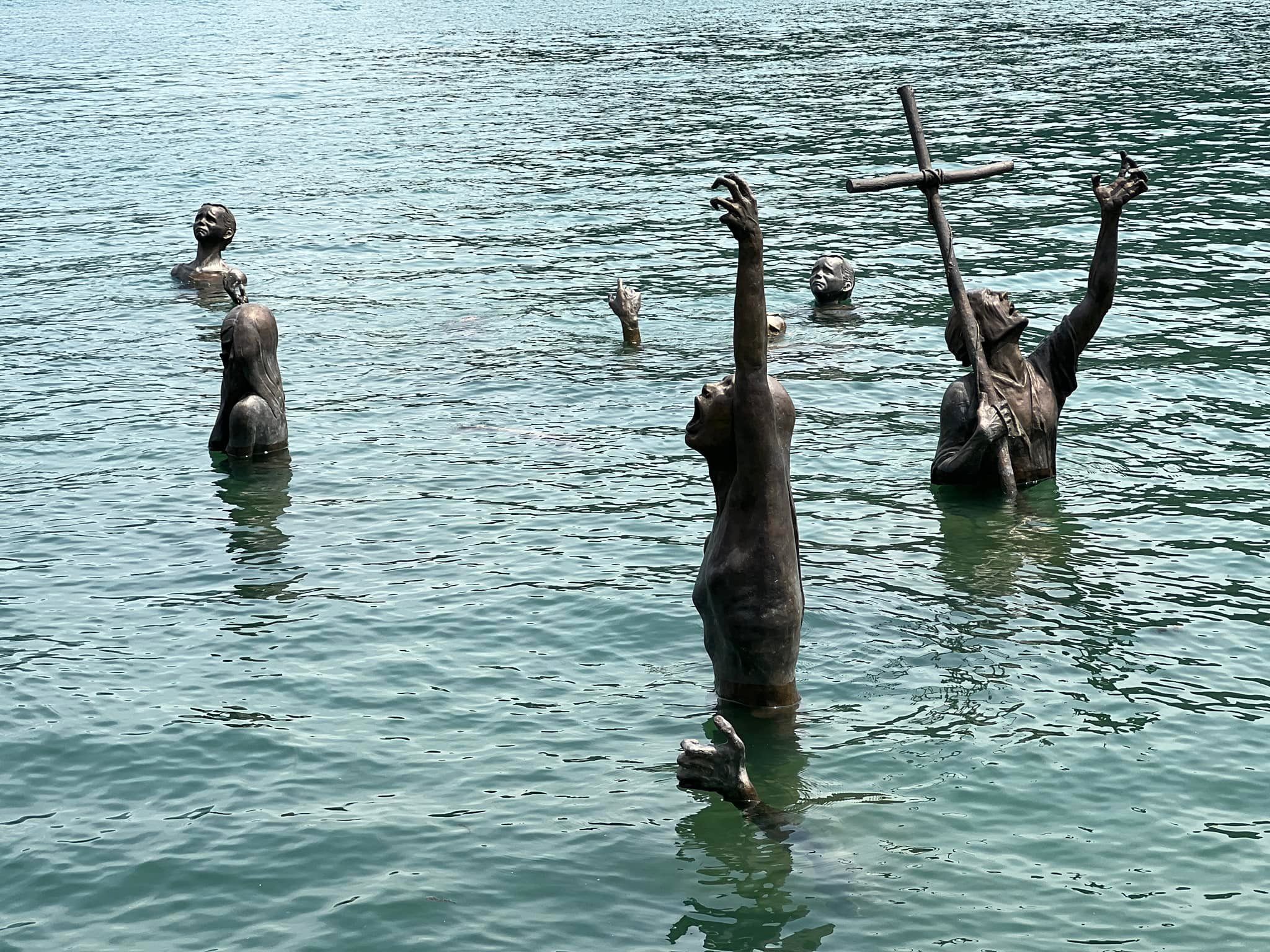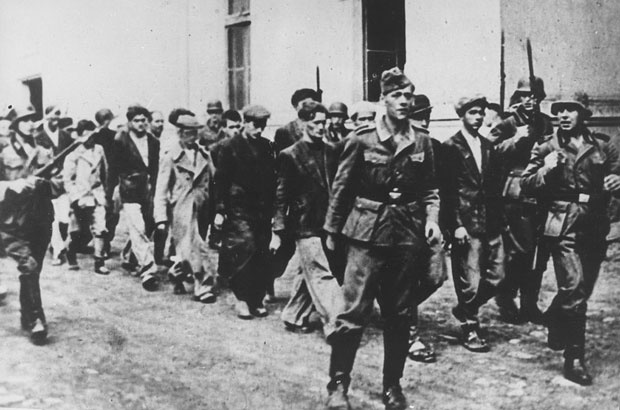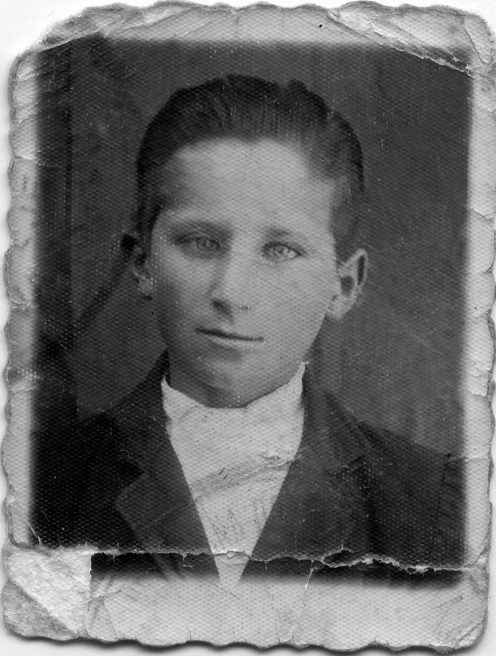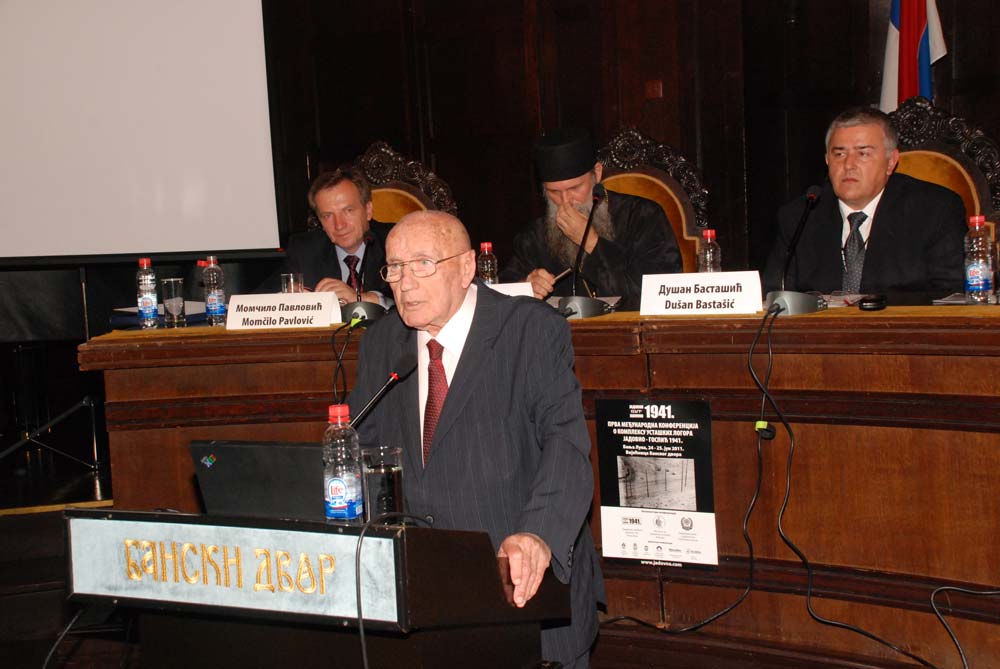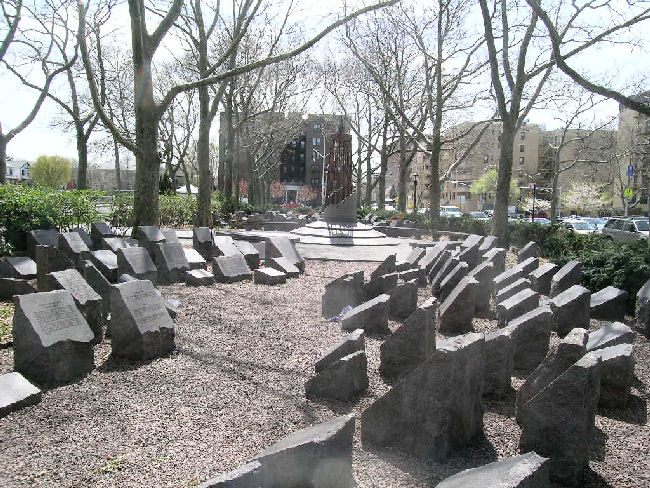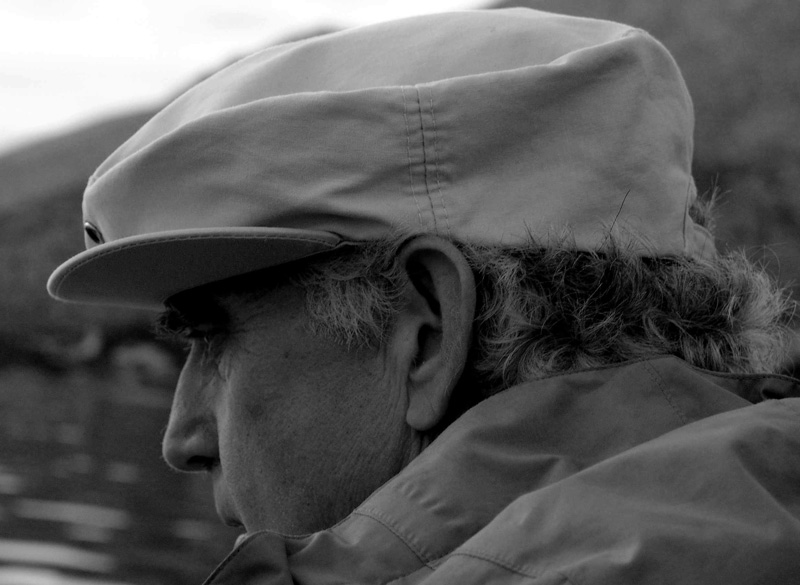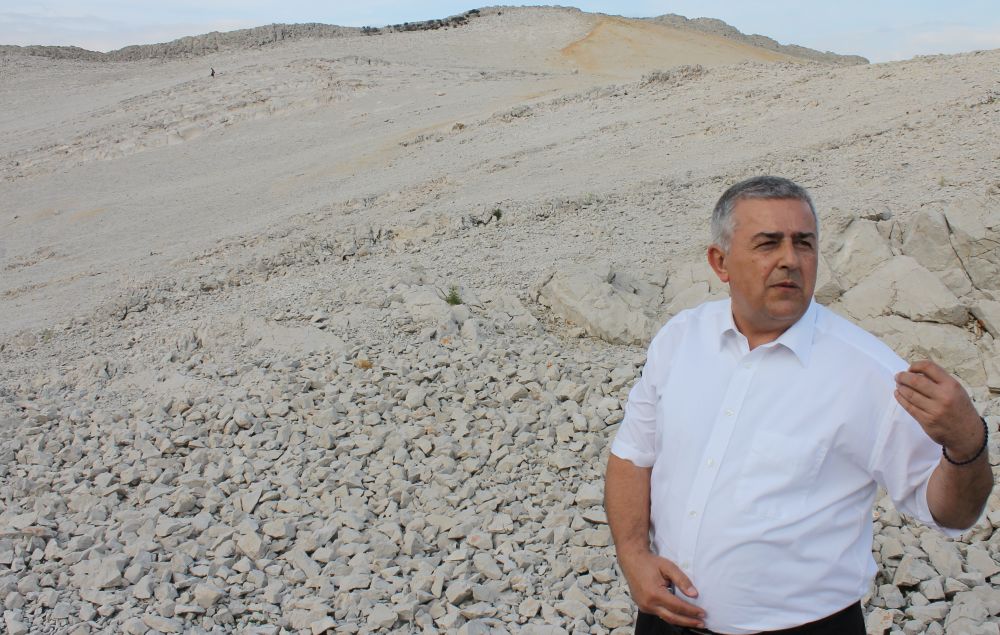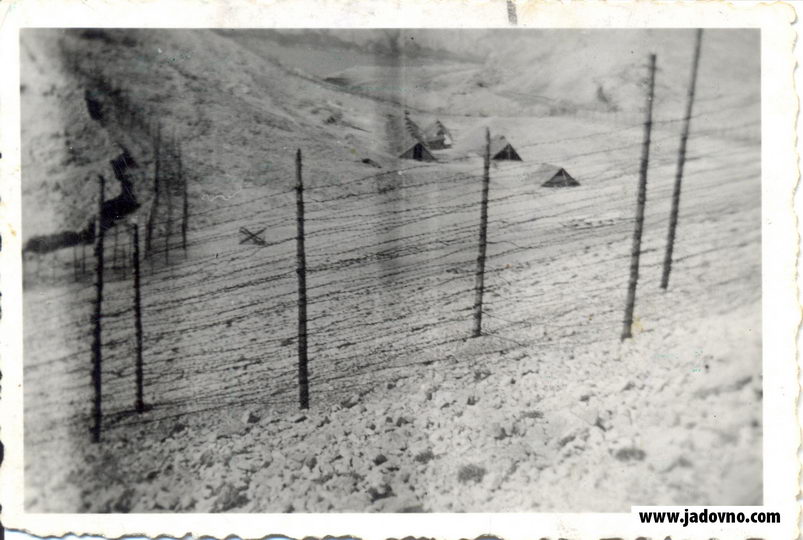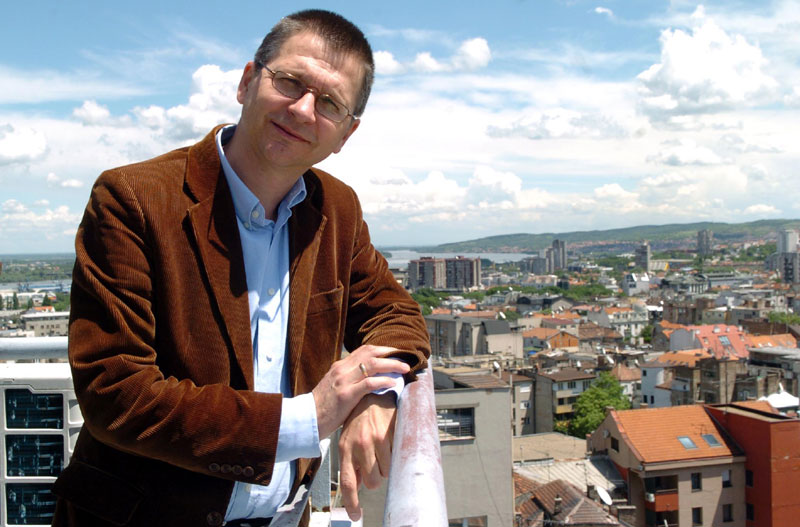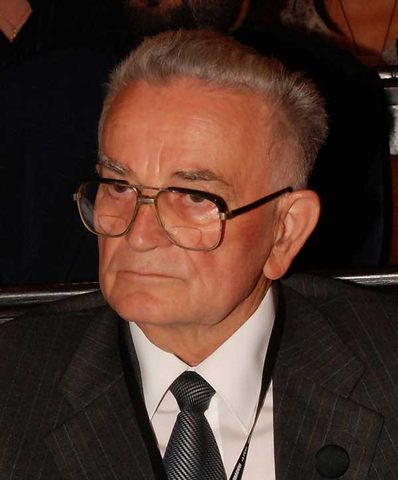
Dr Đuro Zatezalo: BOTTOMLESS PITS – PLACES OF MASS EXECUTION IN THE COMPLEX OF JADOVNO USTASHA CAMPS
Presentation at the Fourth international conference on Jasenovac, held in Banja Luka in 2014. СРПСКИ Jadovno camp and multiple bottomless pits are the places witnessing the biggest crime against humanity and international law, the law against newborn babies, grandparents, mothers, fathers, brothers and sisters, whose screams of horror resounded helplessly from bottomless pits of Velebit (t/n: the largest though not the highest mountain range in Croatia) and in places of mass execution on Pag (t/n: a Croatian island in the northern Adriatic Sea). The Ustasha camp in Velebit – Jadovno is a symbolic place, a place of death, horror, fright, screams and painful memories. This was one of the first


